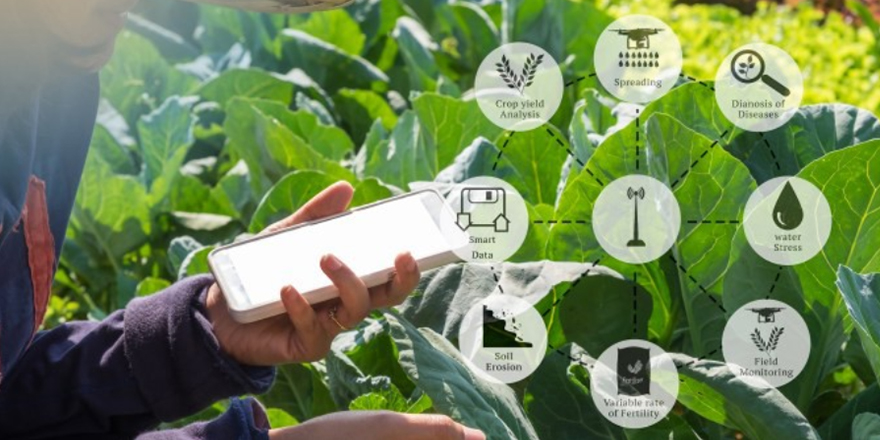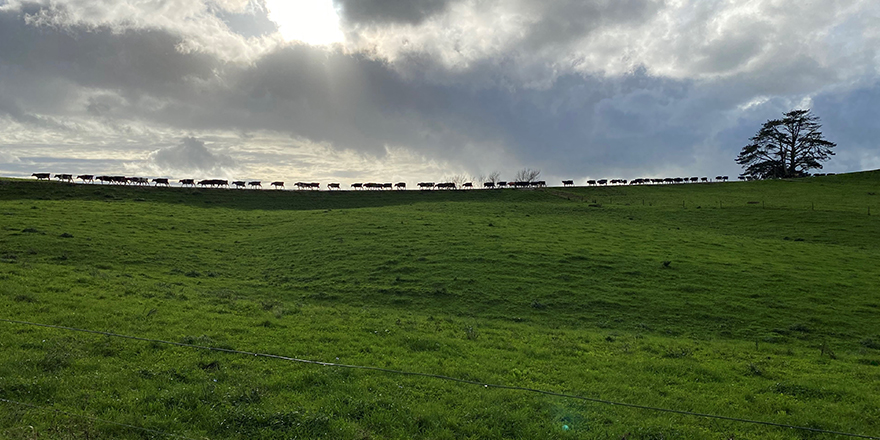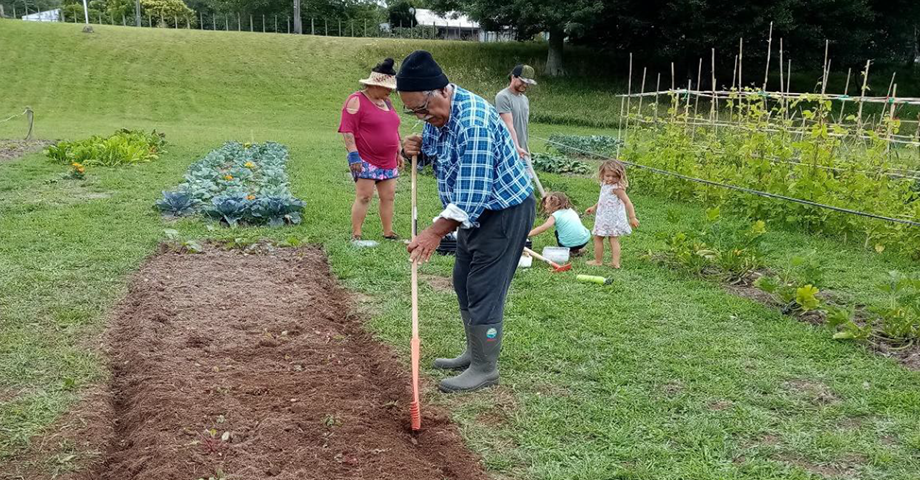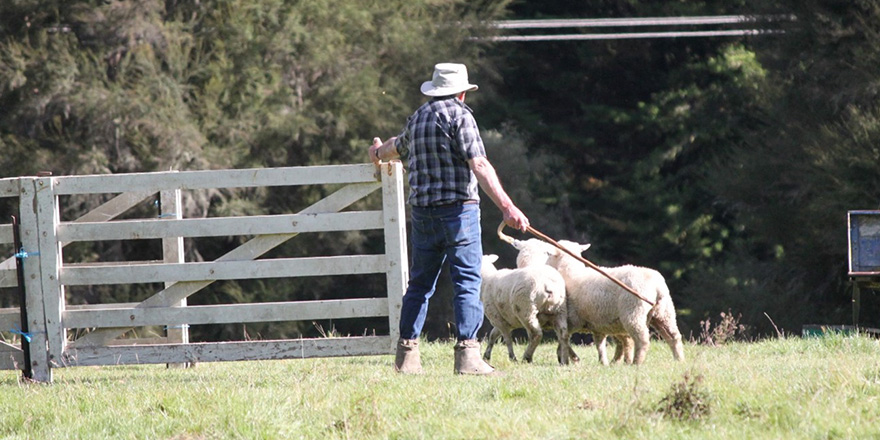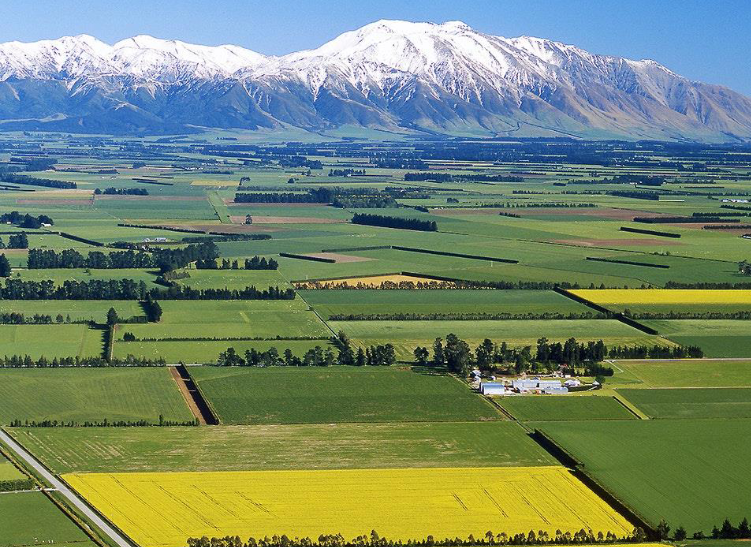
Executive Summary
Farm ownership within the New Zealand arable sector has and will continue to become a more contentious subject as we develop and age as an industry and a country. Do we accept that the current trends of the established becoming more established, or do we try and initiate a conversation to address the elephant in the room? We need greater diversity in farm ownership to ensure critical mass is maintained.
The aim of this project is to gain some insights into the realities of a person/couple in how feasible it would be for them to be able to gain a foot hold into an arable farming business. I specifically wanted to target people that were not in a position that will or may benefit from matrimony, alimony, and patrimony. Of all the people I interviewed not one example of farm ownership could be thought of that didn’t involve the three pervious terms.
The methodology used in this report was literature review into the arable sector and its current situation, this was used to quantify themes present. Using both informal interviews and my own profession I explored the key themes coming out of the industries professionals that service this sector.
The arable industry is a relatively small sector when compared to other food and fibre sectors around New Zealand. The critical mass of the industry has been increasingly put under pressure over the past 15-20 years. The number of arable farming businesses have decreased from approx. 1200 in the early 2000’s to a hard-core group of approx. 300 that are classed as true mixed small seed & grain arable farms. It is this trend that has driven the questions around this report.
Contracting Seed companies face decreasing diversity with their grower base, corporate, syndicate and large establish family farming businesses have substantially increased their foot hold on large arable operations. Available land suitable for arable production systems is relatively scarce and is heavily contended for on the open market. The established are and always will be able to upscale and grow.
Investigating how an outsider could possibly compete with these established businesses, it become very apparent that the system is broken. The willingness and fortitude of thinking that should and would be required by the banking sector to see the importance to encourage and back the next generation to a sort of farmer ownership was completely lacking.
There were signals of hope with examples equity partnerships, asset fund management companies, and growers signalling that they would be interested to develop relationships with young and up coming individuals. Share farming was a commonly used term to describe situations where a landowner would slowly step back allowing a trusted partner to slowly buy into an arable business.
The relationships that are required for such agreements seemed to be the most difficult aspect to establish, with many growers opening admitting that they wouldn’t know who they should turn to in order to make a connection.
The key take outs form this project are:
- There needs to be a fundamental change of mindset by banks. Rather than looking at one’s risk portfolio why not look at their business strategy and passion for achievement.
- Young people/couples that are driven and hungry for stepping up into an arable farm need to find, foster, and build a trusted relationship with a current landowner.
- The methodology that is currently used in valuing properties for sale must change to reflect what that business is worth, using the previous three years of EBITDA as the basis.

